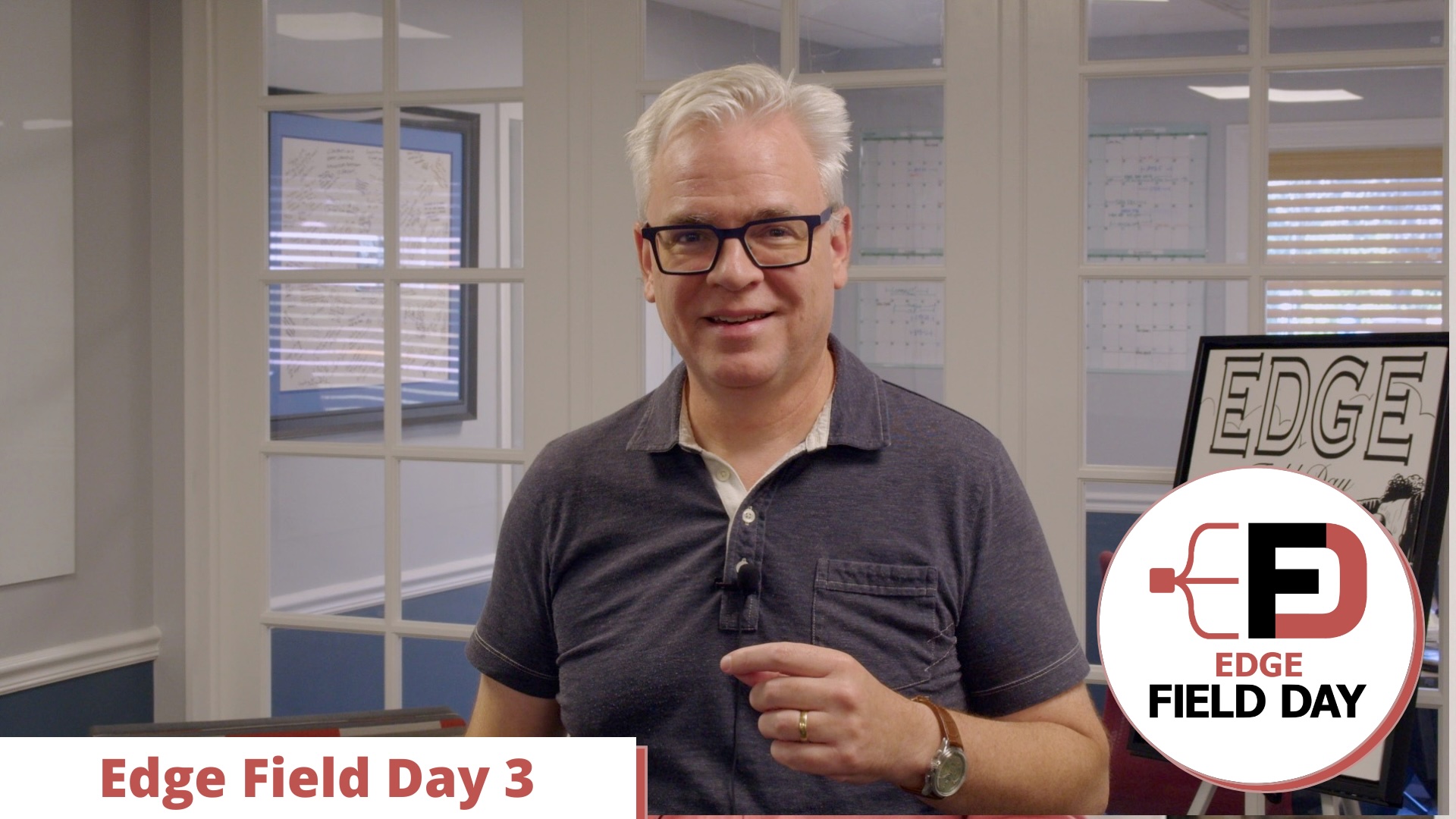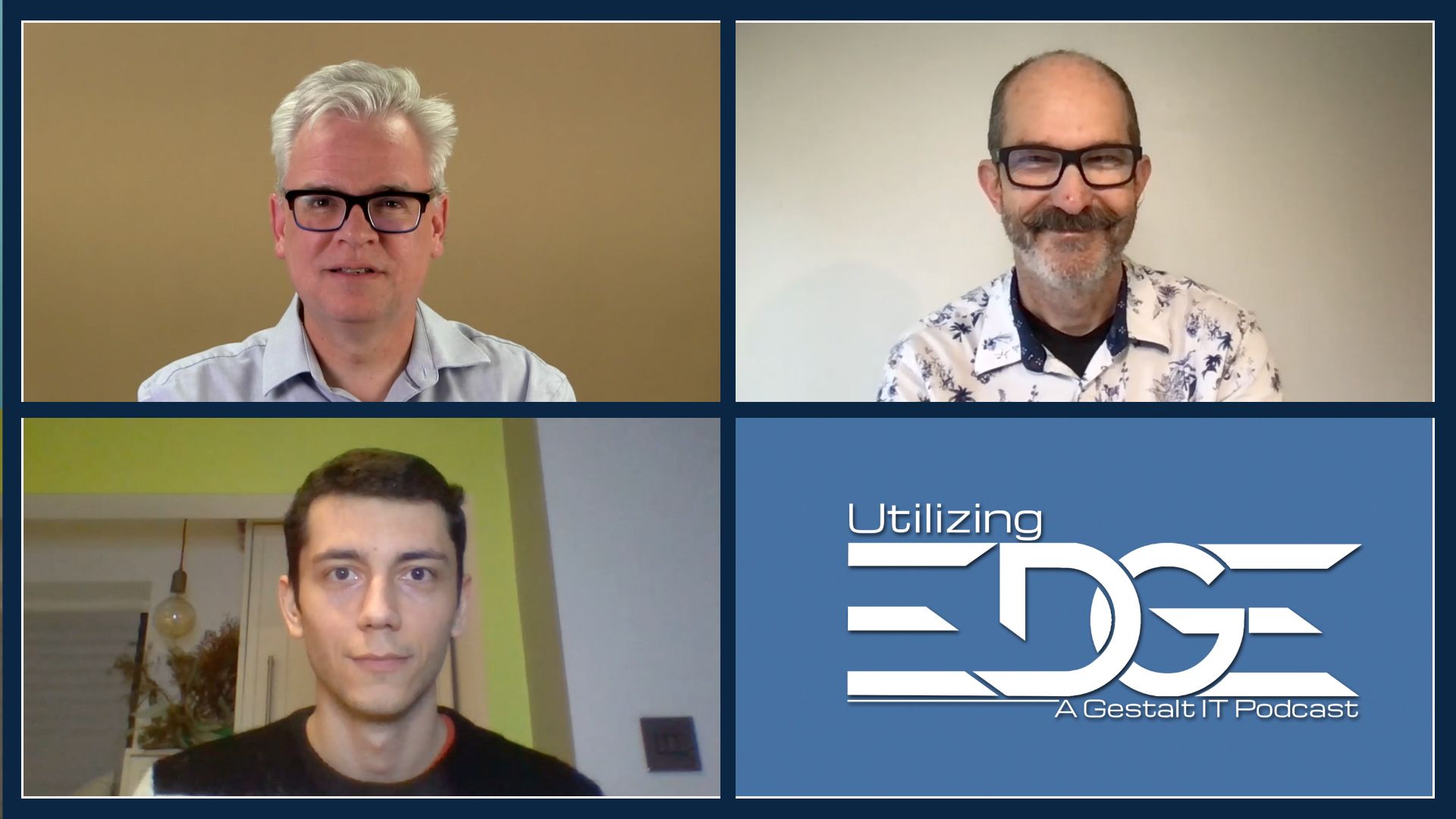Hardware innovation at the edge is driven by diverse and challenging environments found outside traditional data centers. This episode of the Tech Field Day podcast features Jack Poller, Stephen Foskett, and Alastair Cooke considering the special requirements of hardware in edge computing prior to Edge Field Day this week. Edge locations, including energy, military, retail, and more, demand robust, tamper-resistant hardware that can endure harsh conditions like extreme temperatures and vibrations. This shift is fostering new hardware designs, drawing inspiration from industries like mobile technology, to support real-time data processing and AI applications. As edge computing grows, the interplay between durable hardware and adaptive software, including containerized platforms, will be crucial for maximizing efficiency and unlocking new capabilities in these dynamic environments.
Apple Podcasts | Spotify | Overcast | Amazon Music | YouTube Music | Audio

Mobile and AI Feeds Edge Hardware Design
In the new world of edge computing, hardware innovation is rapidly emerging. Unlike the standardized, controlled environments of data centers, edge locations present a diverse array of challenges that necessitate unique hardware solutions. This diversity is driving a wave of innovation in server and infrastructure hardware that hasn’t been seen in traditional data centers for quite some time.
The edge is essentially defined as any location that is not a data center or cloud environment. This could range from the top of a wind turbine to a main battle tank on a battlefield, a grocery store, or even underneath the fryers at a quick-serve restaurant. Each of these locations has distinct physical and operational requirements, such as varying power supplies, cooling needs, and network connectivity. Unlike data centers, where the environment is tailored to be conducive to server longevity and performance, edge environments are often hostile, with factors like extreme temperatures, vibrations, and even potential tampering by humans.
This necessitates a shift in design paradigms. Edge hardware must be robust enough to withstand these harsh conditions. For instance, the vibrations in a main battle tank are far more severe than what typical data center hardware can endure. Additionally, edge devices must be secure against physical tampering and theft, considerations that are not as critical in the controlled environment of a data center.
Interestingly, the concept of edge computing is not entirely new. Decades ago, mini-computers were deployed in grocery stores, often encased in large, durable boxes to protect against spills and physical damage. Today, the resurgence of edge computing is driven by the explosion of data and the need for real-time processing, particularly with the advent of AI. In scenarios like oil and gas exploration, where seismic data needs to be processed immediately, edge computing offers significant efficiency gains by eliminating the need to transport vast amounts of data back to a central location.
The hardware used at the edge often borrows from other industries. For example, the form factors of edge servers are reminiscent of industrial computers and fixed wireless devices, featuring big heat sinks, die-cast chassis, and power-over-Ethernet capabilities. These designs are optimized for durability and low power consumption, essential for edge environments.
Moreover, advancements in mobile technology are influencing edge hardware. Mobile devices, with their powerful yet low-power GPUs and neural processing capabilities, are paving the way for AI applications at the edge. This convergence of technologies means that edge servers are increasingly resembling high-performance laptops, repurposed to handle the unique demands of edge computing.
On the software side, virtualization and containerization are transforming how applications are deployed at the edge. However, these technologies must be adapted to the constraints of edge environments, such as intermittent connectivity and limited computational resources. Traditional assumptions about network reliability and computational power do not hold at the edge, necessitating innovative approaches to software development and deployment.
The synergy between hardware and software is crucial for the success of edge computing. As edge locations become more general-purpose, capable of running multiple applications over their lifetime, the need for flexible, containerized platforms grows. However, managing these platforms in intermittently connected environments poses significant challenges in terms of distribution and control.
AI at the edge is a particularly hot topic. The need to process data locally to avoid the inefficiencies of transporting it to a central location is driving the development of edge AI hardware. These devices must balance power consumption, cooling, and data throughput within compact, durable form factors. The IT industry’s relentless drive to make technology smaller, more powerful, and more efficient is enabling these advancements.
The edge represents a dynamic and challenging frontier for IT innovation. The unique requirements of edge environments are driving significant advancements in hardware design, influenced by technologies from various fields. As AI and other data-intensive applications move to the edge, the synergy between innovative hardware and adaptive software will be key to unlocking new efficiencies and capabilities.
Podcast Information
Alastair Cooke is a CTO Advisor at The Futurum Group. You can connect with Alastair on LinkedIn or on X/Twitter and you can read more of his research notes and insights on The Futurum Group’s website.
Jack Poller is and industry leading cybersecurity analyst and Founder of Paradigm Technica. You can connect with Jack on LinkedIn or on X/Twitter. Learn more on Paradigm Technica’s website.
Stephen Foskett is the Organizer of the Tech Field Day Event Series, now part of The Futurum Group. Connect with Stephen on LinkedIn or on X/Twitter.
Thank you for listening to this episode of the Tech Field Day Podcast. If you enjoyed the discussion, please remember to subscribe on YouTube or your favorite podcast application so you don’t miss an episode and do give us a rating and a review. This podcast was brought to you by Tech Field Day, home of IT experts from across the enterprise, now part of The Futurum Group.




